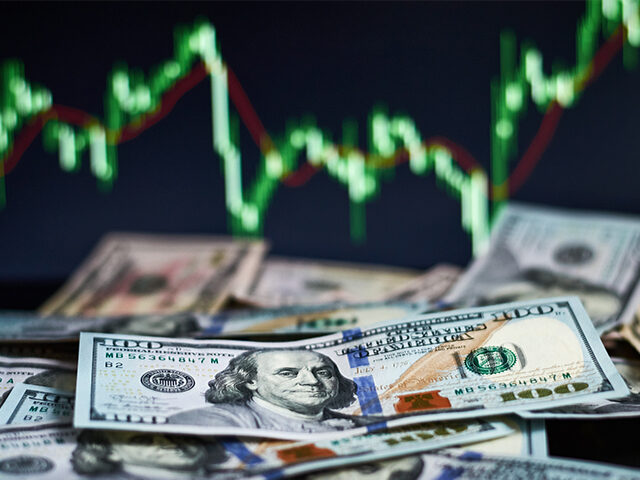Our call that the factors that brought inflation down in July had run out of steam looks pretty good in light of the most recent report on personal consumption expenditures (PCE).
Earlier this week, we said that instead of wondering whether we had hit peak inflation back in June, investors and analysts should turn toward the question of whether we had hit peak disinflation. The word disinflation refers to a slowdown in the rate of inflation, which is different from deflation, which is an actual decline in prices. Peak disinflation implies that the largest part of the slowdown is behind us—at least for now.
The personal consumption expenditure price index data released by the Commerce Department’s Bureau of Economic Analysis (BEA) on Friday showed that inflation re-accelerated in August. The headline figure showed a decline of 0.1 percent in July compared with the prior month, largely due to lower gas prices. In August, the headline figure rose 0.3 percent. Core PCE inflation, which excludes food and energy, jumped 0.6 percent higher in August compared with July, a big pickup from the zero level last month. The core figure matches the June level, which was the highest this year.
Measures of underlying inflation show price pressures continuing to build. The Cleveland Fed’s median inflation jumped from 0.3 percent month-over-month in July to 0.7 percent in August, matching the June high. On a year-over-year basis, median inflation rose to 5.8 percent from 5.4 percent in June and July. This measure has climbed in each monthly report since January of 2021 and now sits at an all-time high.
A measure called market-based PCE inflation also climbed. This is an alternative gauge put together by the BEA that excludes all the price data that the government’s analysts have to impute because the prices are not directly observable. These include things like services provided by nonprofits or those fee-less financial transactions. This rose 0.2 percent in August compared with a month earlier, up from flat in July. Core market-based PCE jumped 0.5 percent, more than doubling the 0.2 percent rate recorded in July.
The shift of inflationary pressures from goods into services also supports the peak disinflation thesis. As Cleveland Fed president Loretta Mester said in a recent interview, services inflation tends to be much more persistent than goods inflation. In August, goods prices fell 0.3 percent, which is a slowdown in deflation from the 0.4 percent decline recorded in July. Services inflation, however, rose to 0.6 percent from flat in July.

COMMENTS
Please let us know if you're having issues with commenting.